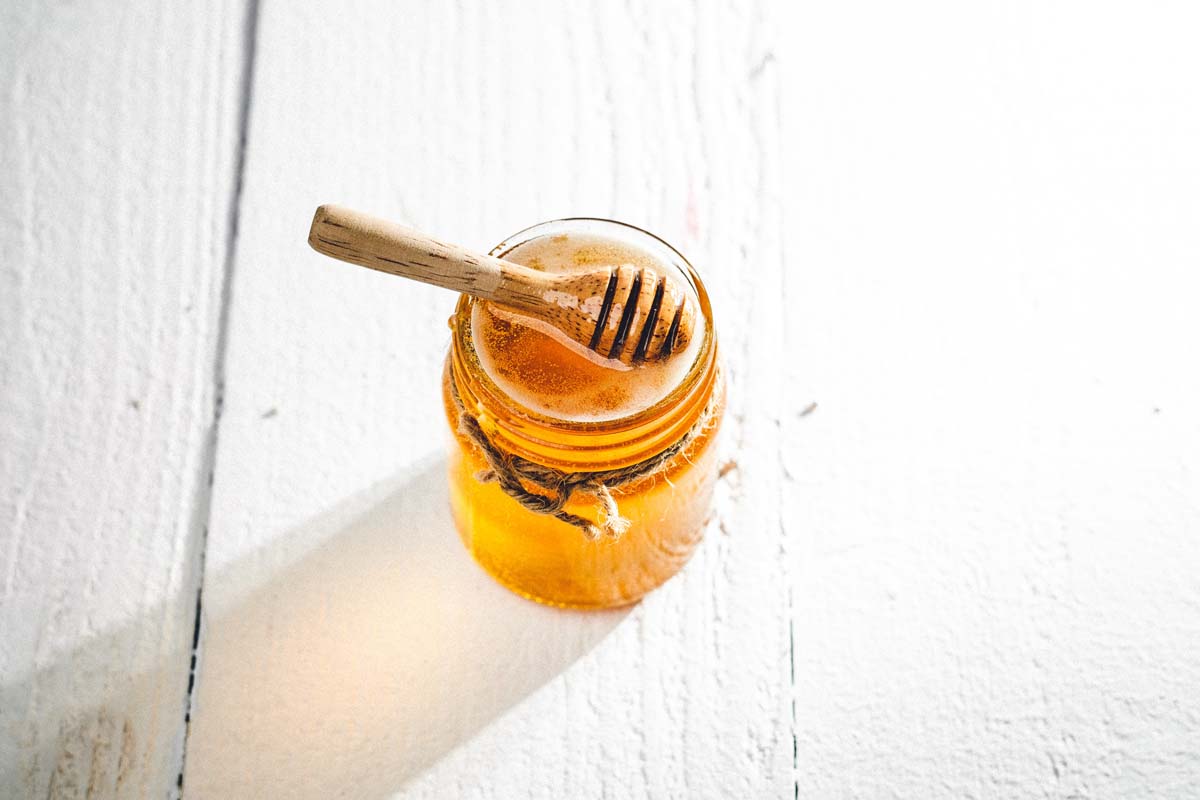
403
Sorry!!
Error! We're sorry, but the page you were looking for doesn't exist.
Study Reveals Stingless Bee Honey Could Combat Antibiotic Resistance
(MENAFN) University of Sydney researchers have identified powerful antimicrobial properties in honey made by native stingless bees, suggesting it could be a game-changer in the global effort to combat antibiotic resistance.
Commonly referred to in Australia as "sugarbag" honey, this unique substance—produced by stingless bee species such as Austroplebeia australis—has demonstrated potent antimicrobial capabilities that endure even after being exposed to heat or stored for extended periods, according to a statement issued by the university on Monday.
Unlike the honey from European honeybees, which typically loses its antimicrobial potency when heated or over time due to its dependence on hydrogen peroxide, stingless bee honey retains its effectiveness. This resilience is key to its medical potential, the university said.
The research revealed that the antimicrobial strength of this honey stems from a combination of peroxide and non-peroxide mechanisms. Notably, it remains active even in the absence of hydrogen peroxide—a marked difference from manuka honey, which relies heavily on specific plant sources for its potency.
Kenya Fernandes, lead author of the study and a researcher at the University of Sydney, emphasized that the consistent antimicrobial performance across different regions implies that the bees themselves play a crucial role, not just the flora they visit.
"Antimicrobial activity is consistent across all sugarbag samples tested, unlike honeybee honey which can vary significantly based on seasonal changes and floral sources," said University of Sydney professor Dee Carter, a co-author of the study.
Historically used by Aboriginal Australians for both nutrition and healing, sugarbag honey is now emerging as a viable natural option to replace or supplement synthetic antibiotics. These findings were published in Applied and Environmental Microbiology, a journal of the American Society for Microbiology.
Although each hive of stingless bees yields only about 500 milliliters of honey annually, their minimal upkeep could make broader production feasible. With regulatory support, this honey could be introduced to high-end markets. Researchers believe its stable and enduring antimicrobial traits offer fresh hope in tackling the urgent public health challenge of antibiotic resistance.
Commonly referred to in Australia as "sugarbag" honey, this unique substance—produced by stingless bee species such as Austroplebeia australis—has demonstrated potent antimicrobial capabilities that endure even after being exposed to heat or stored for extended periods, according to a statement issued by the university on Monday.
Unlike the honey from European honeybees, which typically loses its antimicrobial potency when heated or over time due to its dependence on hydrogen peroxide, stingless bee honey retains its effectiveness. This resilience is key to its medical potential, the university said.
The research revealed that the antimicrobial strength of this honey stems from a combination of peroxide and non-peroxide mechanisms. Notably, it remains active even in the absence of hydrogen peroxide—a marked difference from manuka honey, which relies heavily on specific plant sources for its potency.
Kenya Fernandes, lead author of the study and a researcher at the University of Sydney, emphasized that the consistent antimicrobial performance across different regions implies that the bees themselves play a crucial role, not just the flora they visit.
"Antimicrobial activity is consistent across all sugarbag samples tested, unlike honeybee honey which can vary significantly based on seasonal changes and floral sources," said University of Sydney professor Dee Carter, a co-author of the study.
Historically used by Aboriginal Australians for both nutrition and healing, sugarbag honey is now emerging as a viable natural option to replace or supplement synthetic antibiotics. These findings were published in Applied and Environmental Microbiology, a journal of the American Society for Microbiology.
Although each hive of stingless bees yields only about 500 milliliters of honey annually, their minimal upkeep could make broader production feasible. With regulatory support, this honey could be introduced to high-end markets. Researchers believe its stable and enduring antimicrobial traits offer fresh hope in tackling the urgent public health challenge of antibiotic resistance.

Legal Disclaimer:
MENAFN provides the
information “as is” without warranty of any kind. We do not accept
any responsibility or liability for the accuracy, content, images,
videos, licenses, completeness, legality, or reliability of the information
contained in this article. If you have any complaints or copyright
issues related to this article, kindly contact the provider above.


















Comments
No comment